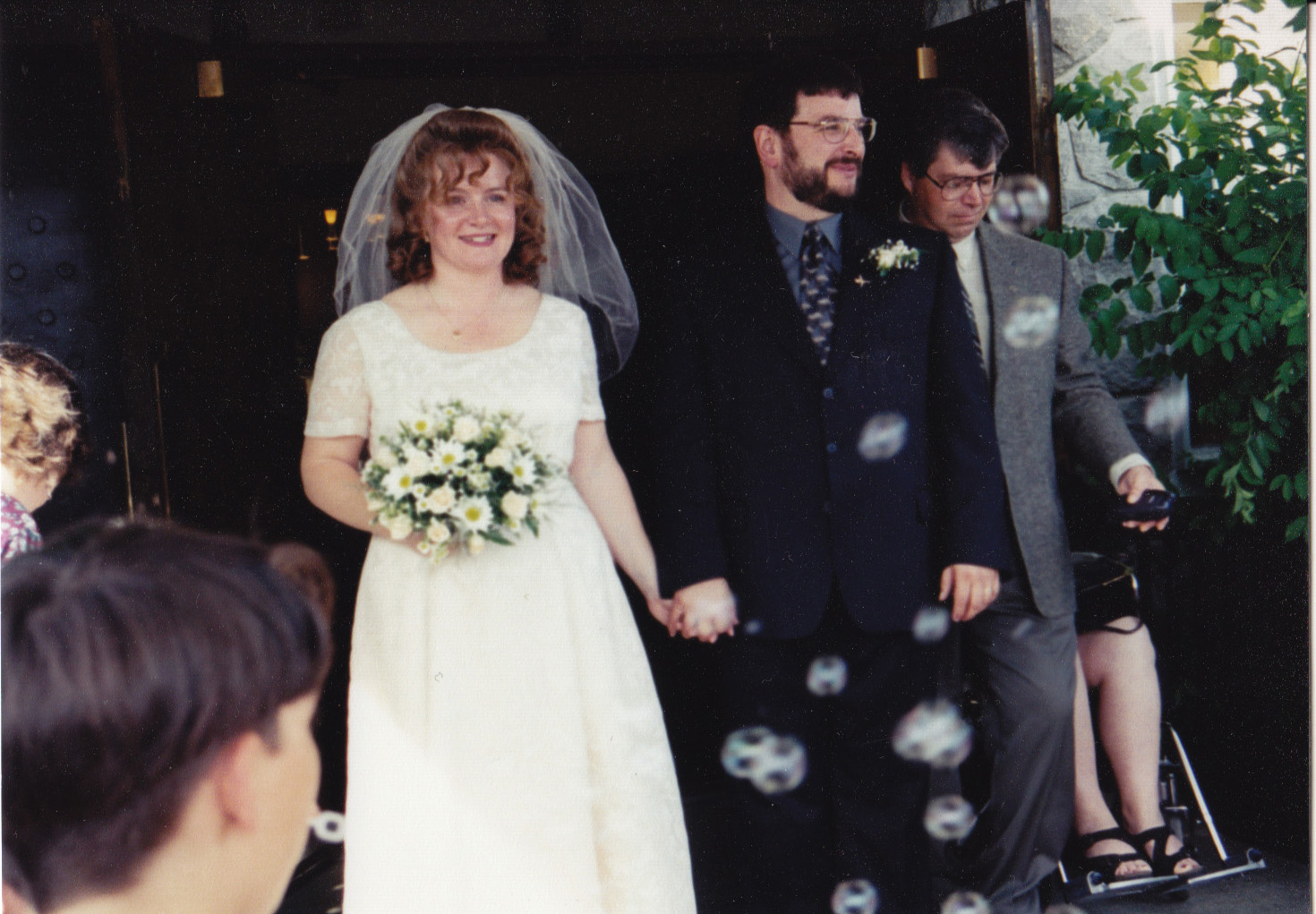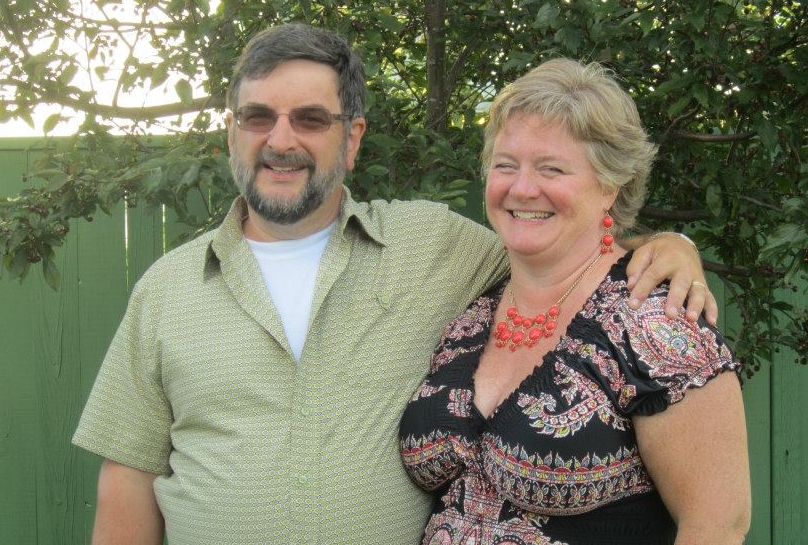Toolbox - Part 2
I may have been wrong yesterday.
But first, a little tangential information about my blogging process: sometimes when I wake up in the middle of the night and can't get back to sleep, the churning images of my semi-conscious brain get channeled through fingers on a keyboard into semi-coherent thoughts, dancing characters on a glowing screen—the only light in a dark room—not quite penetrating sleepy eyelids. Still, sometimes the ideas seem to flow more smoothly before the sun rises, before distractions creep forth from the shadows and emerge into daylight.
Although this process generally works for me, it can be a little bit like living in a dream world, where everything seems to make perfect sense...until we wake up. There are times when I stop in my tracks an hour or two after I've posted something, my brain now brimming with new or expanded thoughts, born of more sober or prolonged reflection... and wondering if my initial ideas had quite finished "cooking" before I sent them out into the world. I mean, I do think a blog is meant to be more like a stream of consciousness than a master's thesis, but still... :)
Yesterday at 5:30 in the morning, my brain was singularly focused on the tools we choose and what they say about us. I ended the post with a thought that the most important thing might be how OFTEN we use those tools... but later in the day, my thoughts stumbled back to a more obvious and telling measure of individuality and creativity: HOW do we use the tools we have at hand, and to what end?
After all, there are those who, for whatever reason, have access to all of the finest tools... and some who, for whatever reason, have access to few or none of those tools. There are some who guard their tools jealously and others who share them freely...and those who borrow from others blithely without a thought of return.
Even the opportunity to choose the tools we have in our toolbox is not universal. My own luck and abundance of choice may have temporarily blinded me yesterday morning to the realization that not everyone has access to abundance; and that interpreting something about a person by the tools in their toolbox might be limiting.
Tangling with this realization from another angle: even if everyone had identical tools and opportunities laid out before them, the results would still be different: one might build a wild and masterful invention; another would construct something familiar, safe and useful; and yet another could spend the whole time straightening out bent nails. One might revere the contents of the toolbox so highly that they doubt their own ability to use each thing properly...even to the extent that they might lock the box up and hide it away; another might select a tool carefully, use it respectfully, clean it and put it back in its place until the next time; while yet another might hammer away with reckless brilliance—or not—before carelessly losing, breaking or dropping the tool to the ground... and some unfortunate and unhappy one might grab that same tool to break, to destroy, to obliterate.
Why do we sometimes restrict our efforts to harmless—or worse, harmful—purposes? Why is it that we can sometimes do amazing things with limited tools, while sometimes we only produce limited output with the amazing tools already at our fingertips?
Today, I say that true value lies not in the tools themselves or how often we make use of them... but in HOW we use them, in what we choose to build: in determination and imagination, followed by action, leading to positive results.
So what's in your toolbox... and what are you building?

















































